ReservationSearch and reserve rooms
Click here to confirm, change or cancel your reservation
提携法人専用予約
2025.01.05
"Masuda Ohagi" - Enjoy the warmth of handmade products and the changing seasons in colorful Ohagi
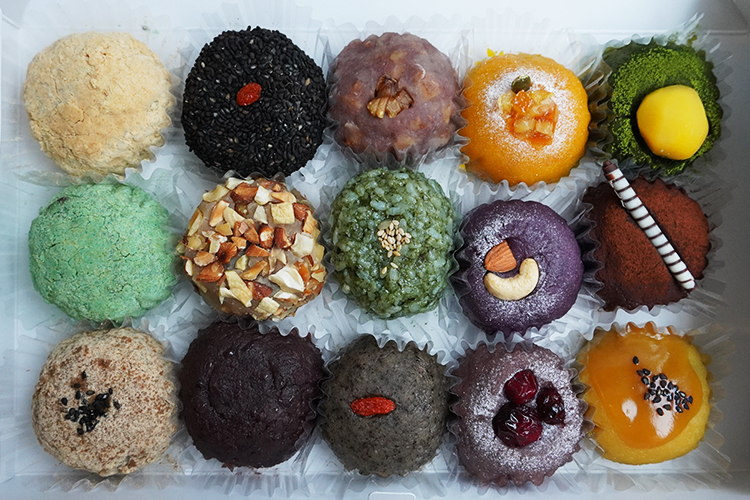
It is four subway stops from "HOTEL RESOL SAPPORO NAKAJIMAKOUEN". After walking for a few minutes from "Kikusui Station", you will come across a white curtain with the words "Masuda Ohagi" written on it in a quiet residential area.
When you pass through the noren curtains and open the door, you'll be greeted by colorful rice balls neatly arranged in a wooden box. Their beautiful and adorable appearance will have you gasping in admiration.
Opened by Yoshie Masuda in 2018, the shop has many fans of its ohagi, which are carefully handmade one by one every morning. We visited the shop to find out more about its appeal.
Founded with "Ohagi" as a gift that was well received
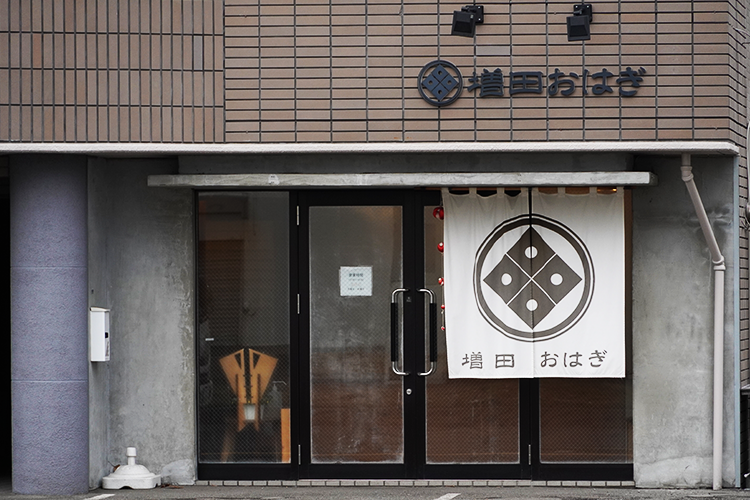
The owner, Mr. Masuda, is originally from Kitakyushu, Fukuoka Prefecture. His connection with Sapporo began when his son, Hideyuki, moved there to attend university.
After getting a job, Hideyuki left his job, trained in Shikoku, and opened "Masuda Udon" in Chuo Ward. Masuda himself was a soba noodle owner and had a chef's license, so he and his wife decided to move to Sapporo to help out at the restaurant.
Masuda-san supported the store from its founding days, but decided to retire when the staff had become accustomed to the store. For a while, he enjoyed his hobby of patchwork at home, but gradually he felt a strong desire to "do something."
In the midst of all this, the handmade ohagi that he gave to the staff at his udon restaurant as a token of appreciation were well received. This prompted people to say, "Maybe we can make a living from this," which gave him the impetus to open his own ohagi shop.
A store that has been loved by many people since it first opened
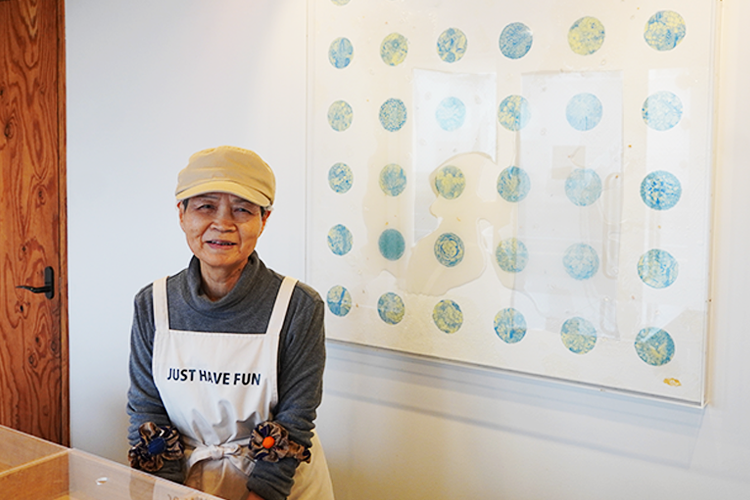
The owner, Mr. Masuda, is always grateful to those who work with him every day.
"I've been living in Sapporo for about 12 years now, and everyone here is so kind to me. I think it's a really nice place to live."
The shop, which was opened in a place close to his home, is small but has a warm atmosphere and has been loved by many customers since it first opened.
"At first, my husband and I were just talking about doing something small, but when we first opened, we had people from a TV station come to cover the business, and we started to get a lot of customers."
Although surprised by the unexpected news, Masuda-san has a happy smile on his face. His personality can be seen in the way he carefully engages with customers who are unsure which ohagi to choose and enjoys conversation with them.
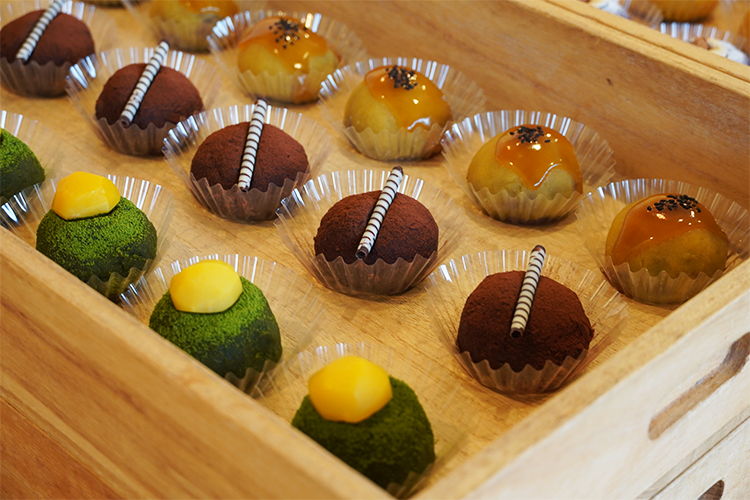
From the left: Chestnut Matcha, Chocolate, and Mitarashi Tsuma
For Masuda, ohagi was something he was very familiar with.
"My husband's family ran a farm, so we always had access to ingredients like red beans and glutinous rice. Also, kinako is easy to make, so we often made it for birthdays and other special occasions."
"We often hear people say things like, 'It's delicious' and 'People were happy when they brought it as a souvenir,' so it makes us very happy."
Colorful and creative ohagi that reflect the four seasons

From the left: "Purple sweet potato," "Pumpkin," and "Strawberry and cranberry."
What Masuda Ohagi values is the "fun of choosing for yourself." The wooden box always contains about 15 different kinds of colorful ohagi, and by making each one small, the shop has devised a way for customers to choose several that they like.
In addition to the standard ohagi made with red beans and soybean flour, creative ohagi made with seasonal ingredients such as corn and edamame in summer, and chestnuts, pumpkins, potatoes, etc. in autumn are available. No artificial colorings are used, and the natural colors of the ingredients are brought out.
Some of the products include the refreshingly tasty ohagi sprinkled with green laver, a Kyushu staple, and others that can be enjoyed like a dessert when combined with chocolate.
Masuda's imagination shines through in the rich variety of original ohagi, such as topping them with orange peel or cranberries, with an eye for both visual beauty and flavor balance. It's no wonder that customers have trouble deciding which one to choose.
Making the most of local ingredients
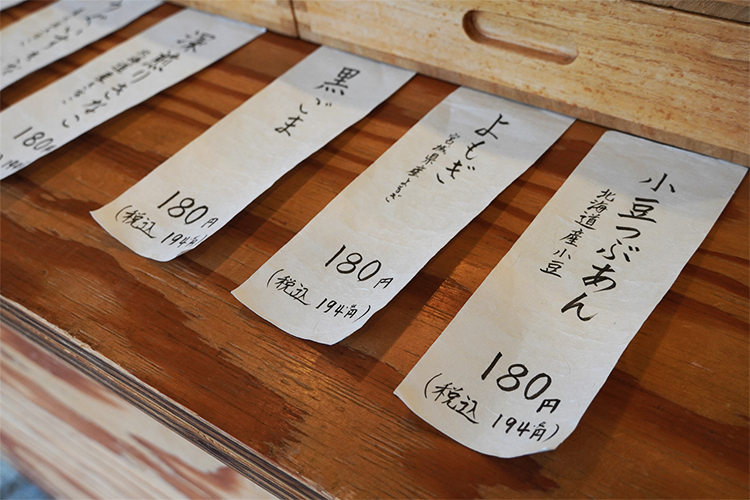
Since we operate our shop in this location, we have had the desire to "use ingredients from Hokkaido as much as possible."
The glutinous rice that forms the base of the Ohagi is Hakucho Mochi, a type of rice that is known as a representative of Hokkaido. When the store first opened, they went to Imoto Sakemaiten, located across the street from Masuda Ohagi, to ask for advice, and the husband and wife who run the store chose it for them.
"The color is white and pretty, and the taste is good too. After cooking, the rice is divided into equal parts and rolled into balls, and completing this process neatly is the most important thing," she told us about what she values when making ohagi.
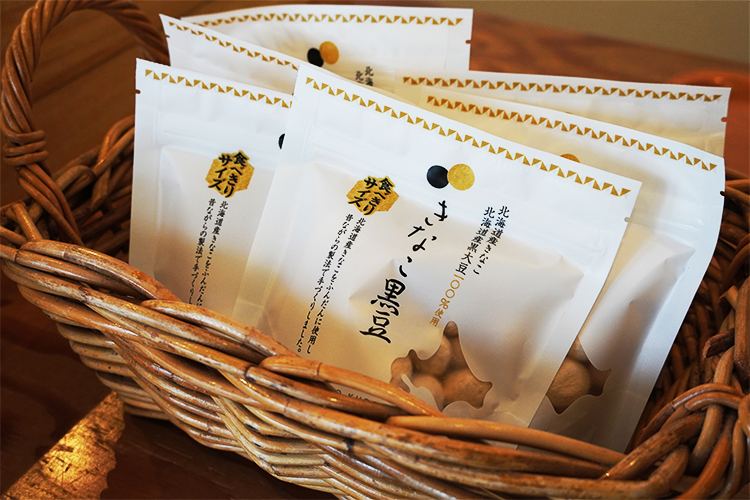
Sakaguchi Flour Mill's "Kinako Kuromame" is made using plenty of Hokkaido-grown soybean flour and is handmade using traditional methods.
In addition to the red beans, the sugar and soybean flour are all produced in Hokkaido.
The kinako is from Sakaguchi Flour Mill, a long-established company founded in Sapporo in 1922. "The kinako here is really delicious," he says, handing me the "Kinako Black Beans," made from 100% black soybeans produced by the same company.
These are also sold at "Masuda Ohagi", and Masuda smiles and says, "They're so popular that some people buy five at a time. Once you start eating them, you can't stop."
From every word he spoke, his respect for the ingredients of Sapporo and Hokkaido and his desire to treasure the ingredients were clearly conveyed.
Enjoy the warmth of handmade items and the seasonal feel
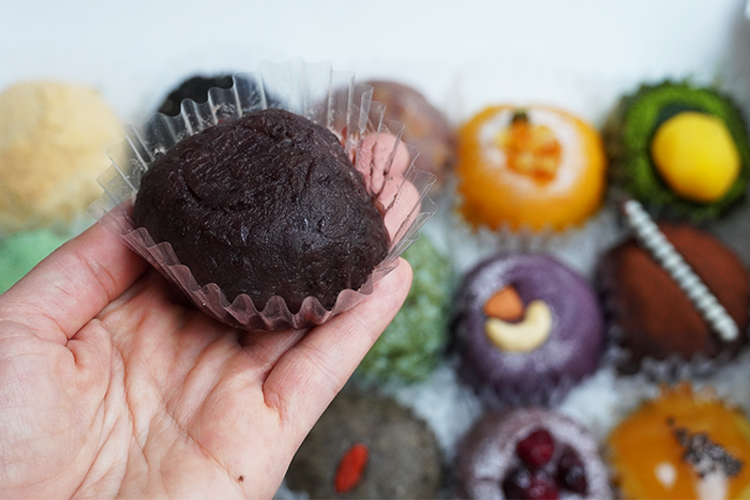
The classic "Azuki bean paste". There is a box that holds 15 pieces, so it is recommended to choose one of each type as a souvenir.
"Rather than just selling pre-packaged items, we like to let customers look at all the different kinds of ohagi lined up and choose the one they like."
"Ohagi is something that has been around for a long time, and I think it's something that lets you feel the beauty of something that is handmade. I personally enjoy making them by changing the ingredients depending on the season, so while the basics are still red bean paste and soybean flour, I would also like people to try seasonal ingredients as well," Masuda concluded.
"What if we did it like this?" "Let's try that next time!" Masuda Ohagi continues to deliver ohagi while enjoying conversations with customers, turning ideas into reality one after another.
When you bite into the ohagi that are lovingly made every morning, the warmth of the handmade product and the seasonal flavors of Sapporo will surely fill your mouth.
増田おはぎ(菊水本店)
住所:北海道札幌市白石区菊水5条3丁目5−17
電話番号:011-813-7557
アクセス:地下鉄東西線「菊水駅」より徒歩7分程度
SNS:https://www.instagram.com/masudaohagi_kikusui/
*営業時間や定休日についての詳細は、上記のリンク先にてご確認ください。




